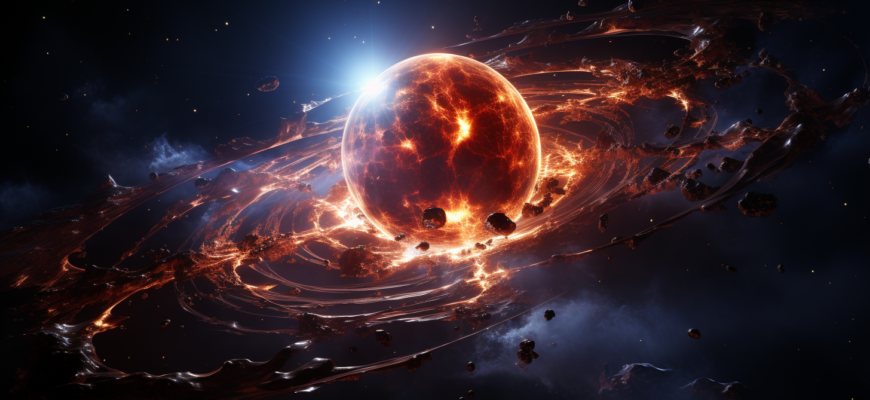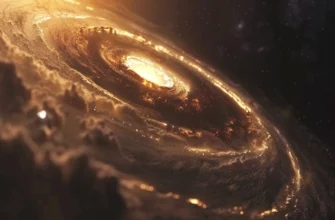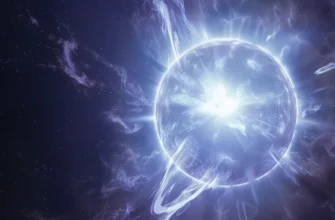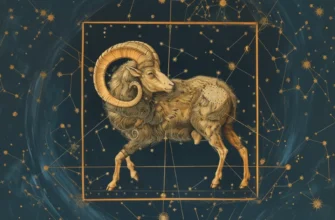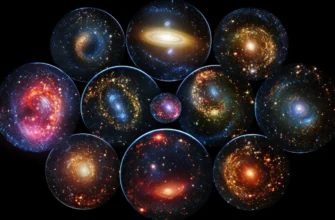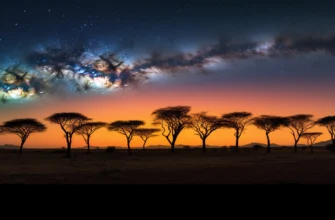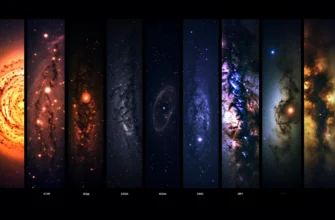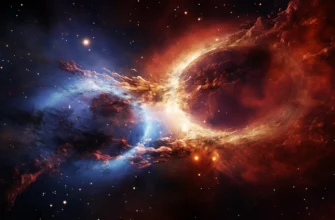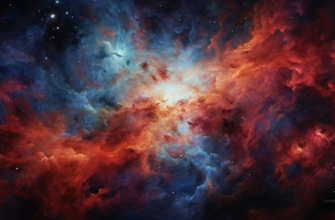Stars have captured the imagination of humans since the dawn of civilization. Their bright lights dotting the night sky have inspired mythologies, guided explorers across oceans, and anchored constellations that told stories passed down through generations.
Today, they continue to fascinate as astronomers uncover their origins and inner workings. Stars begin life in vast clouds of gas and dust called nebulae. Over billions of years, gravity pulls these clouds together into dense cores that ignite into shining newborn stars. From there, a star`s fate is determined by its mass. Smaller stars like our sun live peaceful lives fusing hydrogen for billions of years. But massive stars burn hot, bright, and fast – exploding into brilliant supernovas after just a few million years.
Let’s embark on a journey through the life, death, and afterlife of stars across our amazing cosmos. We’ll explore how stars are born, how they die, and how scientists classify and study these distant suns.
- The Stellar Nursery: Star Birth and the Nebulae
- The Life of a Star: Stellar Evolution
- 1. Protostar
- 2. Main Sequence
- 3. Post-Main Sequence Evolution
- The Death of High Mass Stars: Supernovae
- The Death of Low Mass Stars: Planetary Nebulae and White Dwarfs
- Classifying Stars: Stellar Properties and the H-R Diagram
- Notable and Unusual Stars
- Sun
- Sirius
- Rigel
- Betelgeuse
- Eta Carinae
- WR 104
- Mu Cephei
- VY Canis Majoris
- Pistol Star
- Newfound Worlds: Exoplanets and Astrobiology
- To Infinity and Beyond
The Stellar Nursery: Star Birth and the Nebulae
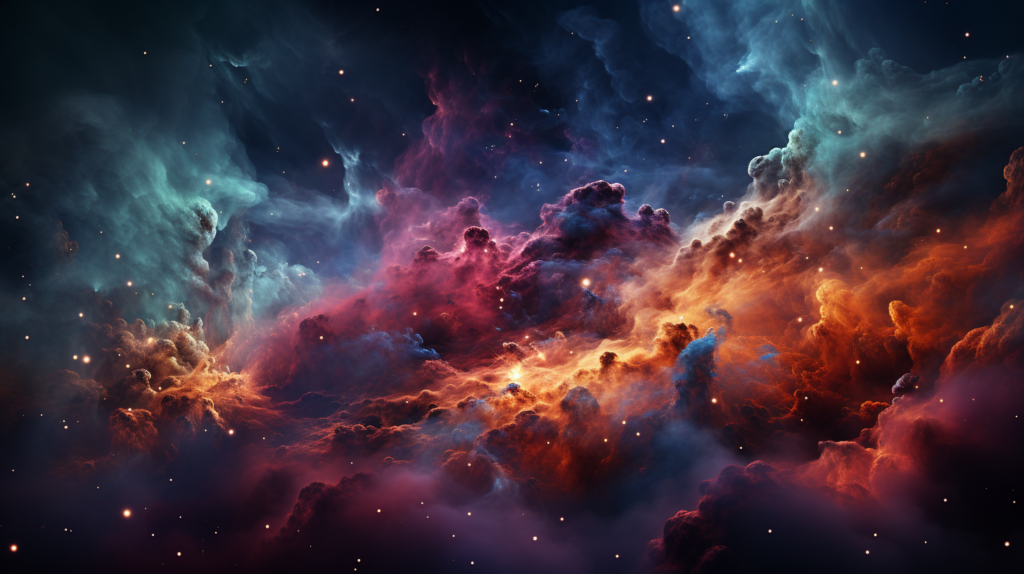
Before stars emerge, there are nebulae – immense clouds of gas and dust floating in space. These stellar nurseries contain the raw ingredients needed for stars to form.
There are two main types of nebulae where stars are born:
- Diffuse nebulae consist of scattered gas and dust. These nebulae can span over 150 light years across.
- Molecular clouds are dense clumps of gas and dust, mostly comprised of hydrogen molecules. They can extend 600 light years in diameter.
Within these nebulae, gravity pulls material together into hot, dense cores. As the cores gain mass, pressure and density in their interiors rise. Eventually, nuclear fusion ignites and a new star blazes to life.
Stellar winds from young, massive stars can shape surrounding nebulae into amazing forms like star-forming pillars and cosmic bubbles. Here are some of the most spectacular star-forming nebulae in our galaxy:
- Eagle Nebula – Home to the iconic Pillars of Creation where new stars form.
- Orion Nebula – A stellar nursery visible with the naked eye in Orion’s sword.
- Carina Nebula – Rife with massive stars and has a distinct crimson glow.
- Horsehead Nebula – Dramatic dark nebula sculpted by nearby stars.
These nebulae showcase the dazzling dance of gas, dust and stellar winds that leads to star birth across the cosmos. This NASA article explains more about stellar spectra.
The Life of a Star: Stellar Evolution
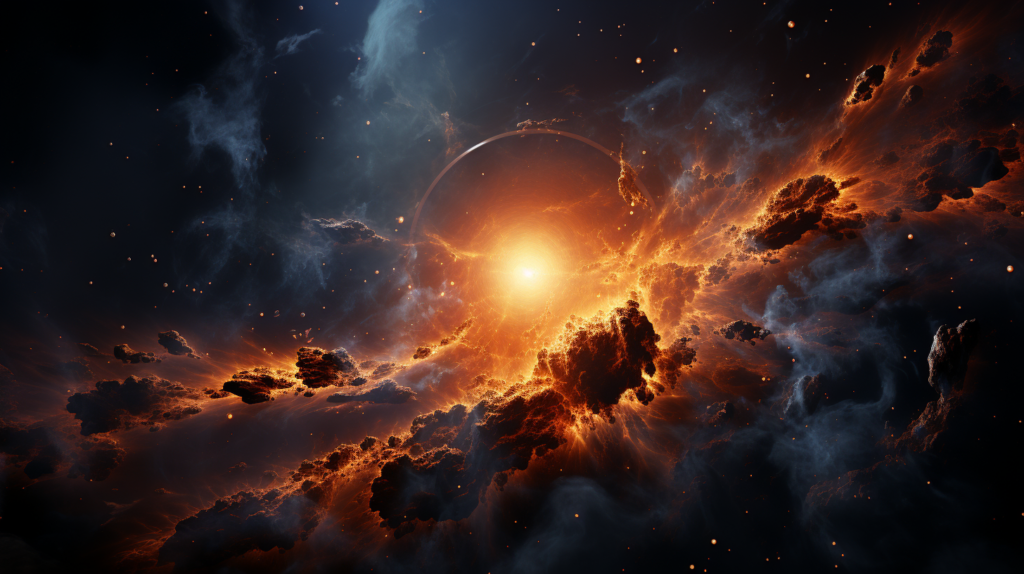
A star’s mass determines its lifespan and ultimate fate. Let’s explore key stages in stellar evolution:
1. Protostar
The protostar phase begins when a dense core in a nebula starts collapsing under gravity. As material falls inward, energy is released and the core heats up. Protostars aren’t yet stars – they haven’t started nuclear fusion in their cores.
2. Main Sequence
When the temperature and pressure in the protostar core gets high enough, nuclear fusion ignites and the star settles into the main sequence phase. Our Sun is a main sequence star that fuses hydrogen into helium in its core.
Stars spend around 90% of their lifetimes fusing hydrogen on the main sequence.
The more massive the star, the shorter its main sequence lifespan. Small stars may last over 100 billion years, while massive stars burn through their fuel in just a few million.
3. Post-Main Sequence Evolution
After a star exhausts its core hydrogen fuel, its evolution and lifespan diverges based on mass:
- Low mass stars become red giants, eject their outer layers as planetary nebulae, and settle as white dwarfs.
- Medium mass stars explode as supernovae and leave behind neutron stars or black holes.
- High mass stars combust so intensely they go out in spectacular supernovae, leaving black holes.
Let’s examine the demise of high and low mass stars in more detail.
The Death of High Mass Stars: Supernovae
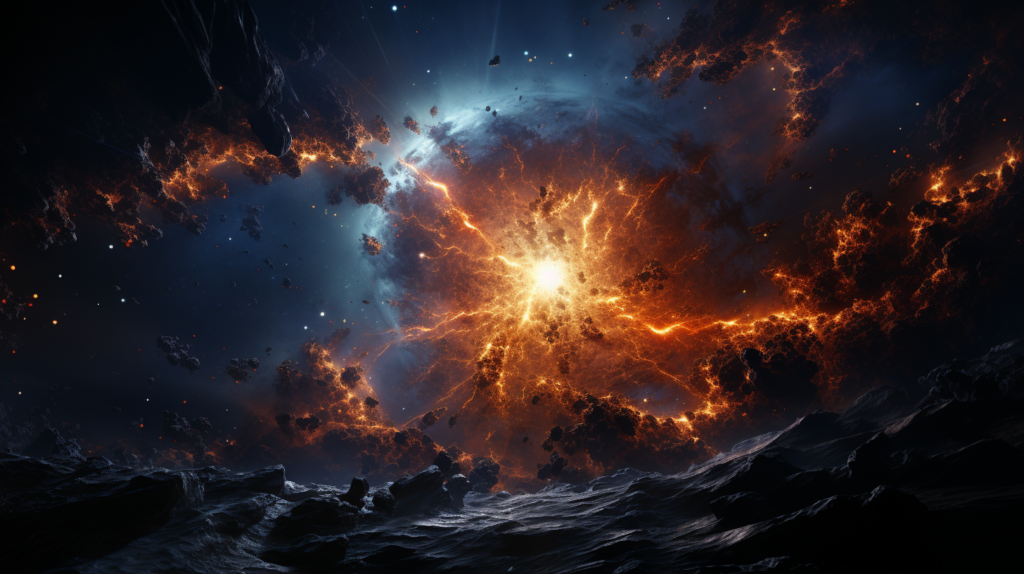
The most massive stars end their lives in cataclysmic supernovae explosions. Once the iron core of a high mass star can no longer fuse elements, it collapses and rebounds in a titanic supernova blast.
These are some famous supernova remnants from massive star explosions:
- Crab Nebula – Result of a supernova observed by ancient astronomers in 1054 CE.
- Cassiopeia A – Youngest known supernova remnant in the Milky Way.
- SN 1987A – One of the brightest supernovae seen from Earth in modern times.
Supernovae forge and spread the heaviest elements in the universe like gold, uranium and plutonium. The exploded star remnants scatter across space while the core collapses into an ultradense neutron star or black hole.
The Death of Low Mass Stars: Planetary Nebulae and White Dwarfs
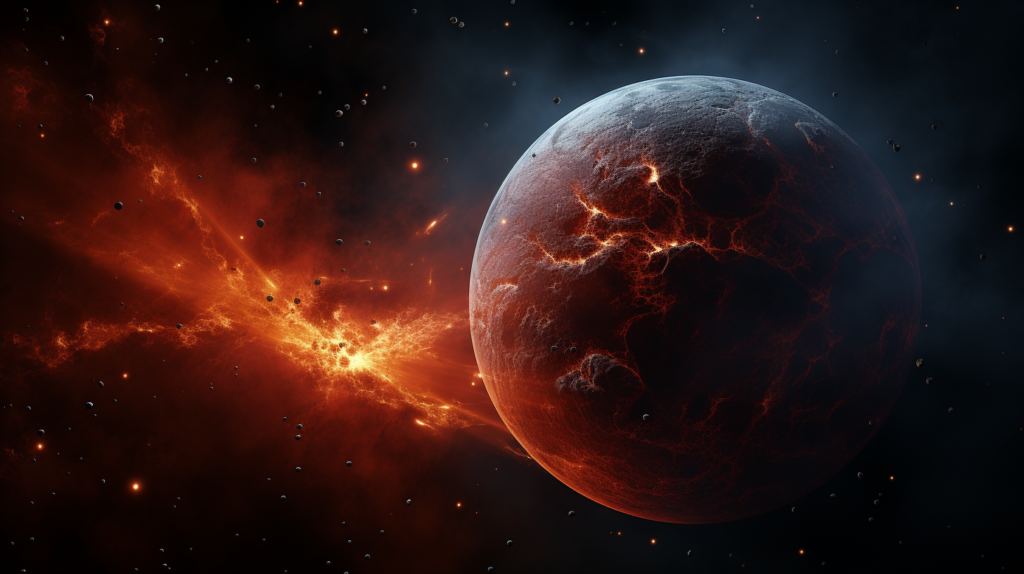
Smaller mass stars like our Sun take a more leisurely path to stellar demise. As the Sun’s core hydrogen dwindles, it will swell into a red giant star hundreds of times its current size and potentially engulf inner planets like Mercury and Venus.
Our Sun will enter its red giant phase in around 5 billion years, after spending 10 billion years on the main sequence.
After the red giant phase, aging low mass stars eject their outer layers of gas which become glowing planetary nebulae as they drift through space:
- The Helix Nebula is one of the closest planetary nebulae and has a distinct spiral shape.
- The Ring Nebula looks like a celestial smoke ring with its iconic donut shape.
- The Cat’s Eye Nebula has nested gas shells and a striking green glow.
After the planetary nebula phase, the core of a low mass star finally runs out of fuel and fades to become a white dwarf – an Earth-sized ember as dense as a mountain. Prominent white dwarfs include Sirius B, the companion to the brightest star visible from Earth.
Our Sun will end up as a white dwarf barely as luminous as the full Moon is today.
So while massive stars perish in celestial explosions, smaller stars gradually shed their outer layers and enter a long twilight as cooling white dwarfs.
Classifying Stars: Stellar Properties and the H-R Diagram
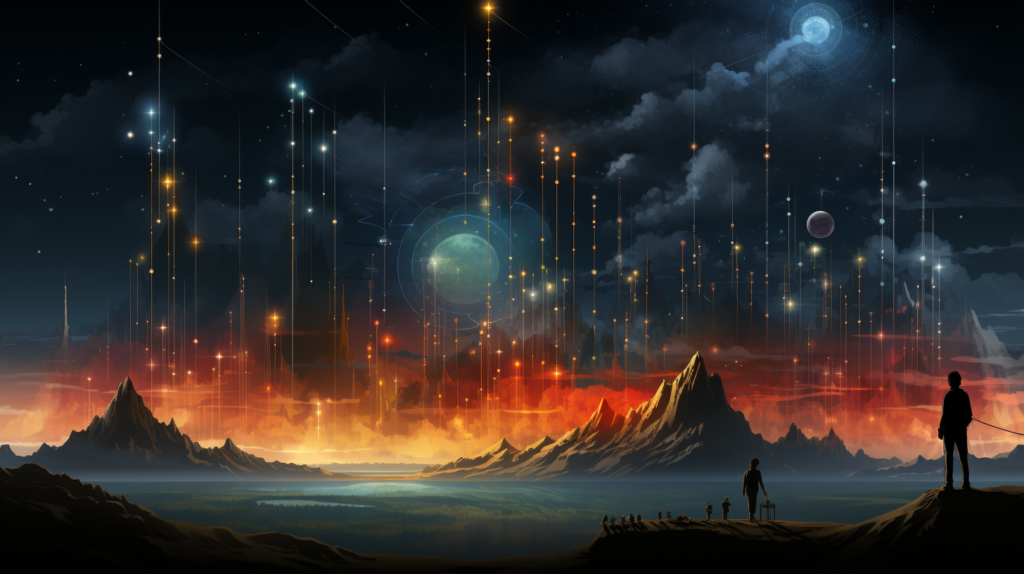
Astronomers classify stars according to properties like temperature, luminosity, size, mass and composition. Sorting stars into distinct categories helps reveal insights into their lifespan and evolution.
The main stellar classification scheme divides stars into 7 primary types – O, B, A, F, G, K and M. Each letter class corresponds to a range of surface temperatures:
- O type– Hottest and bluest stars exceeding 30,000 K.
- B type – Blue-white stars between 10,000 – 30,000 K.
- A type – White stars between 7,500 – 10,000 K.
- F type – Yellow-white stars from 6,000 – 7,500 K.
- G type – Yellow stars around 5,000 – 6,000 K like our Sun.
- K type – Orange stars from 3,500 – 5,000 K.
- M type – Coolest and reddest stars less than 3,500 K.
This alphabetical system is an example of spectral classification – categorizing stars based on absorption lines in their light.
Another important diagram for stellar classification is the Hertzsprung-Russell or H-R diagram. It plots stars’ luminosity versus temperature:
The H-R diagram arranges stars by evolutionary phase like main sequence and red giants. It’s a powerful tool for understanding the lifecycle of stars.
Notable and Unusual Stars
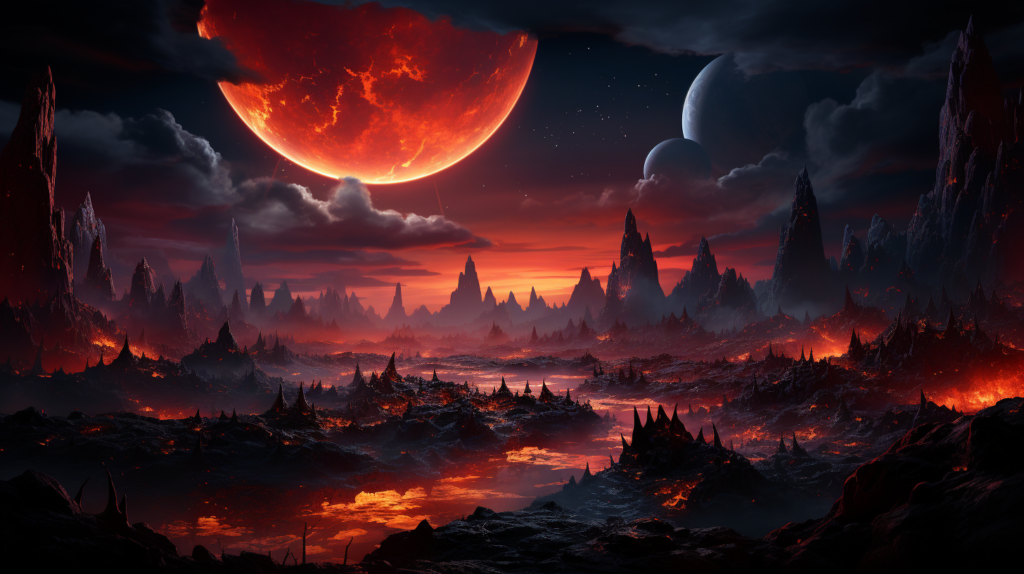
Now let’s examine some individual stars that are well-known, record-breaking, or just plain strange:
Sun
Our home star, the Sun is a yellow main sequence G2V star essential for all life on Earth. It contains 99.8% of the solar system’s mass and emits the white light we see during daytime.
Sirius
Sirius is the brightest star visible from Earth, outshining all others in the night sky with an apparent magnitude of -1.46. It’s actually a binary system where Sirius A is the brilliant white main sequence star and Sirius B is a tiny, dense white dwarf.
Rigel
The brightest star in Orion, Rigel is a blue-white supergiant that ranks as the 7th most luminous star visible from Earth. It has nearly 50 times the Sun’s radius and shines with 40,000 solar luminosities.
Betelgeuse
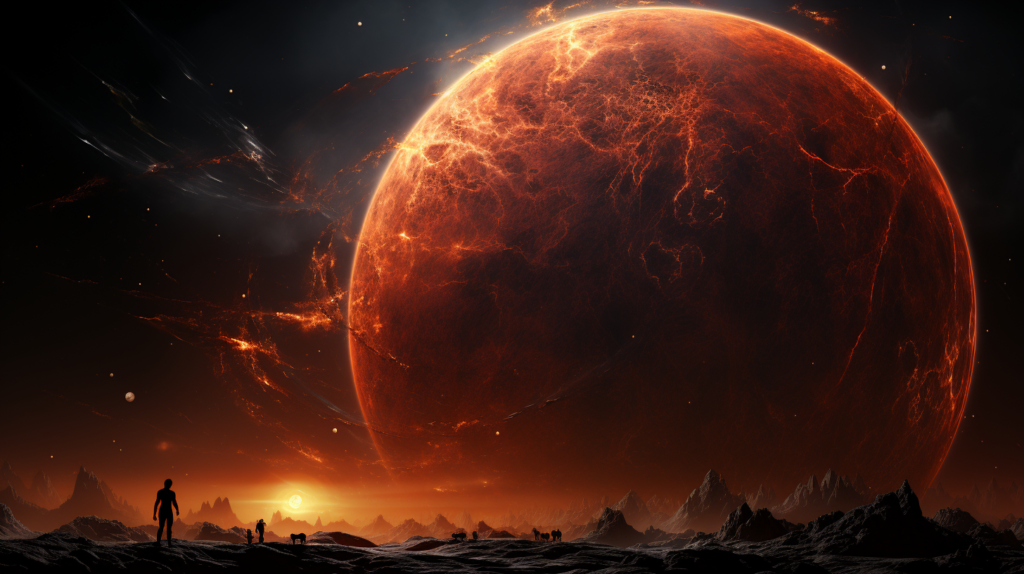
This famous red supergiant marks Orion’s right shoulder. Betelgeuse is one of the largest stars known, with a radius 750 times that of our Sun. It’s also a variable star that periodically dims and brightens as giant bubbles of gas rise and fall in its atmosphere.
Eta Carinae
This extremely luminous and unstable blue hypergiant occasionally becomes one of the brightest stars in the Milky Way during periodic outbursts. It’s surrounded by the Homunculus Nebula which formed when Eta Carinae shed 10 solar masses worth of material during an eruption in the 1840s.
WR 104
WR 104 is one of the hottest stars known with a surface temperature of 210,000 K. This Wolf-Rayet star blazes blue-green and unleashes fierce stellar winds while gradually approaching the end of its life.
Mu Cephei
Also known as Herschel’s Garnet Star, Mu Cephei is a red supergiant and one of the largest known stars with a radius 1,260 times bigger than the Sun. It’s approximately 2,000 light years away in the constellation Cepheus.
VY Canis Majoris
Possibly the largest known star, the red hypergiant VY Canis Majoris is estimated to have a radius 1,500-1,800 times that of the Sun. If placed in our solar system, its surface may extend beyond the orbit of Saturn.
Pistol Star
The Pistol Star is a blue hypergiant near the center of the Milky Way. Among the most luminous known stars, it shines with nearly 10 million solar luminosities and contains roughly 150 solar masses of material.
So those are just a handful of the galaxy’s record-breaking, famous, and extreme suns. The stellar stories of our universe are rich and wildly diverse.
Newfound Worlds: Exoplanets and Astrobiology
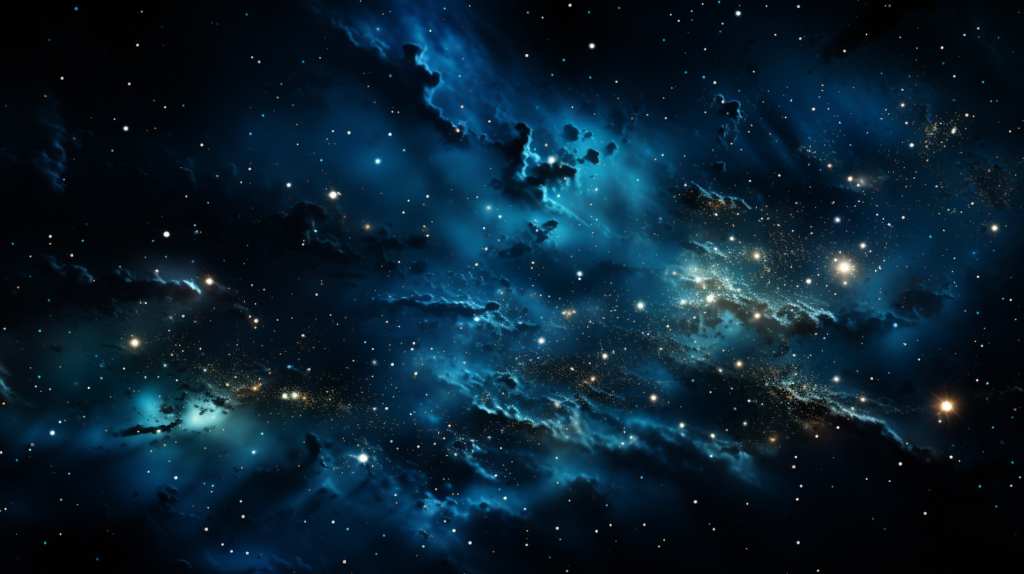
The study of stars has taken on new significance in recent decades with the discovery of exoplanets – planets orbiting distant stars beyond our solar system. Thousands of exoplanets have now been detected, sparking new astrobiology questions about the potential for life elsewhere in the cosmos.
Some major exoplanet milestones include:
- 1992 – Discovery of the first exoplanets around pulsar PSR B1257+12.
- 1995 – 51 Pegasi b, the first exoplanet found orbiting a main sequence star, is detected.
- 2005 – Thermal emissions from two Jupiter-sized exoplanets are measured. First direct confirmation of other worlds.
- 2009 – Kepler space telescope launches to discover thousands of exoplanets using transit photometry.
- 2019 – Hubble provides the first exoplanet atmosphere analysis of super-Earth GJ 1132b.
Some key exoplanet types that astrobiologists are eagerly studying include:
- Earth-like planets – Rocky worlds orbiting in habitable zones where liquid surface water could exist.
- Super Earths – Bigger than Earth but smaller than Neptune with potential for habitability.
- Ocean planets – Worlds covered in deep oceans with no exposed land. Could harbor primitive aquatic life.
- Gas dwarfs – Neptune and Uranus-sized planets rich in gases but too small be gas giants.
- Lava worlds – Hellish exoplanets perpetually covered in molten lakes or oceans of lava.
The discovery of so many alien planets confirms that our solar system is not unique. With billions of stars in the galaxy, many more worlds await. The search continues for exoplanets that show signs of habitability and life beyond Earth.
To Infinity and Beyond
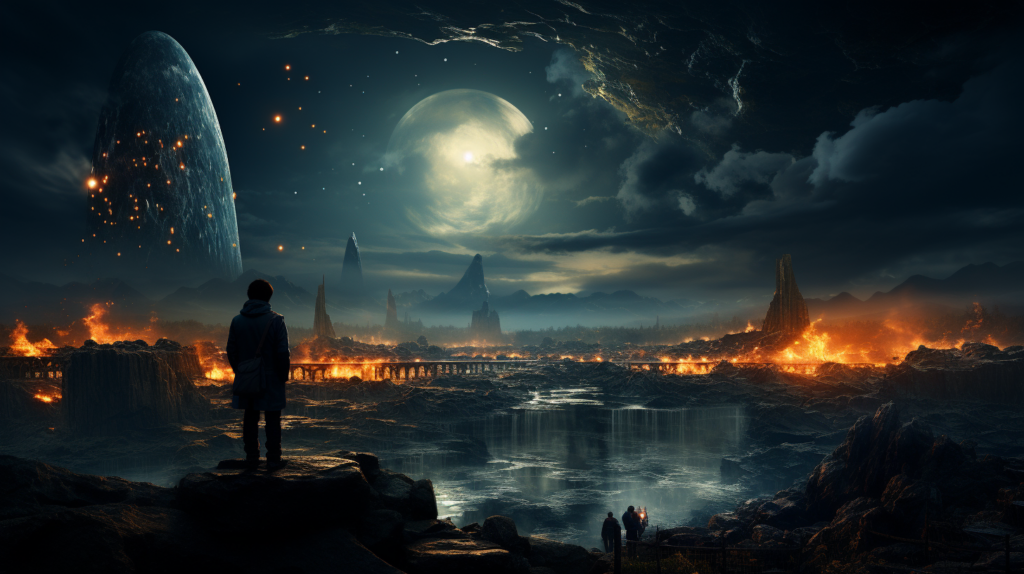
We’ve explored stellar origins, deaths, classifications and notable stars across the cosmos. From nebulae nurseries birthing new suns to the discovery of exoplanets redefining habitable worlds, the lives of stars tell an epic story 13.8 billion years in the making.
So the next time you gaze up at the glittering night sky, imagine the unfathomable expanse of space and time those pinpricks of light represent. The stars above connect us to distant worlds, cosmic history, and a shared human quest to understand our universe. We’re all made of stardust after all.

